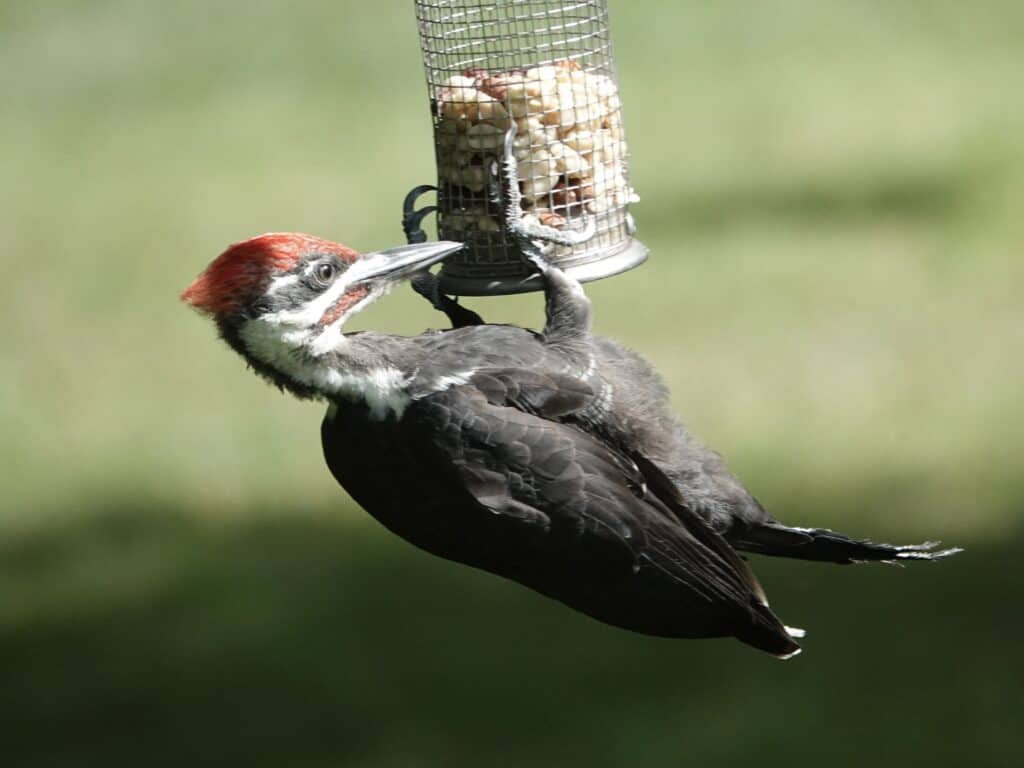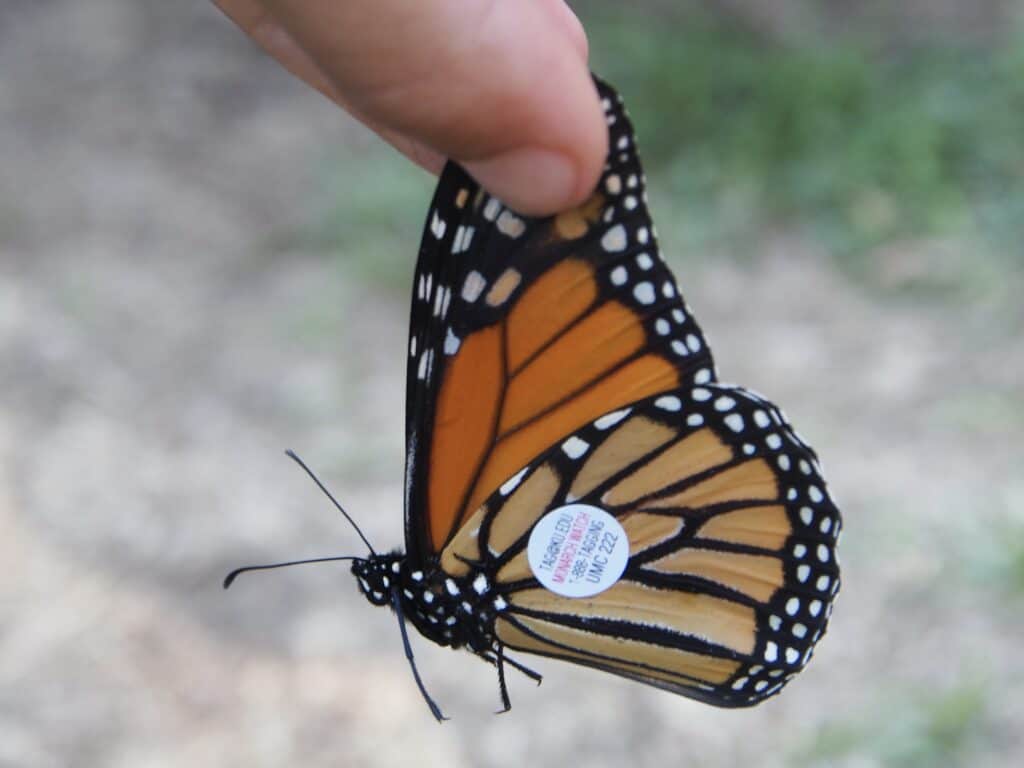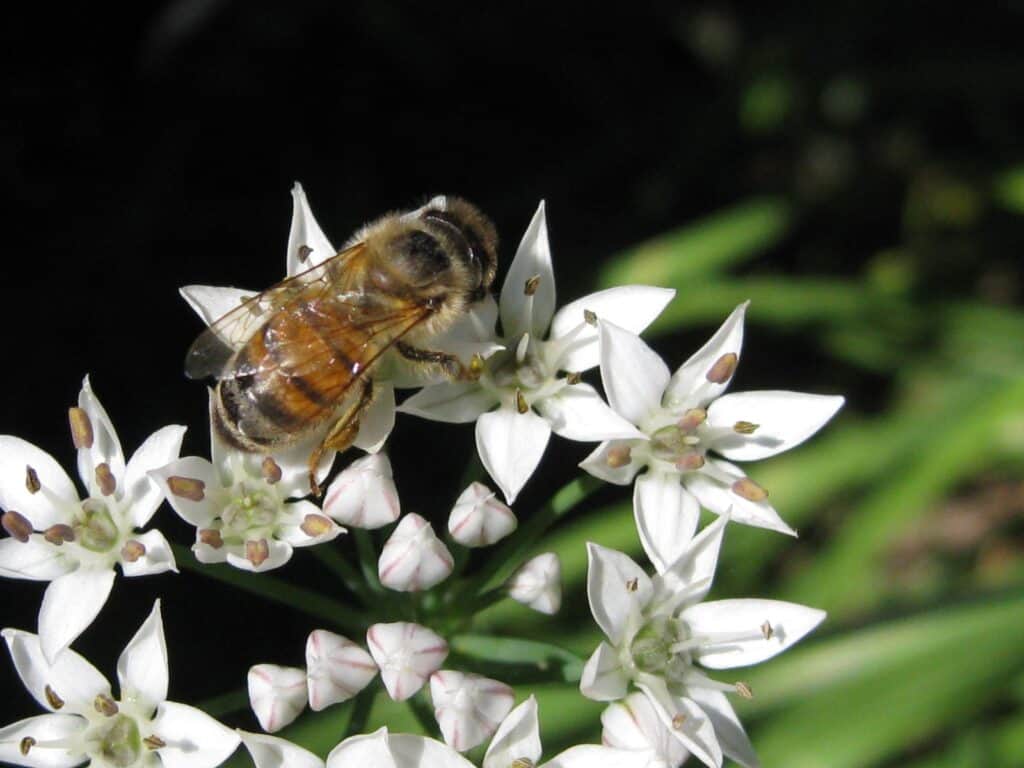Make a habit of asking why species look and behave the way they do
As much as we delight in nature’s beauty, there’s an equally wondrous dimension to every species that usually goes unappreciated: the evolution story behind what we’re looking at. From an organism’s appearance to the way it behaves, every species has a remarkable story. And now, thanks to the revolutionary work of Charles Darwin and Alfred Russell Wallace, we have a tool to reveal these stories: the theory of evolution.
No single idea in science has ever explained so much. What’s more, it’s very simple. Organisms evolve over time by means of natural selection as each generation is tested by its environment. Traits that aid survival and reproduction will tend to be passed on genetically to the next generation. This process causes organisms to change and diverge into the millions of species that have ever lived on Earth.
When I’m looking at a plant or animal, I try to make a habit of asking “Why?” Why do monarchs migrate? Why are bees and wasps so similar? Knowing the answers to at least some of these questions greatly enhances an appreciation of nature. This week, I’d like to share some evolution stories inspired by what’s been happening in my own backyard.
Pileated woodpeckers
For the past two months, a pair of pileated woodpeckers has been visiting our peanut feeders. For me, no other bird screams “dinosaur” the way the pileated does. With its huge size, resounding call, dishevelled crest, and giant beak, it’s like a pterodactyl has shown up. And in many ways it has. Science has now demonstrated that birds ARE a type of dinosaur.
Birds belong to the theropod group of dinosaurs that includes Tyrannosaurus Rex. Like birds, many theropods such as Archaeopteryx and the Velociraptors of Jurassic Park had feathers. Birds also inherit their bipedalism – walking on two legs – from theropods, explaining why they evolved flight using just their forelimbs, unlike bats or pterosaurs. Other features, too, like laying eggs, characteristics of the skeleton, and probably warm bloodedness came from these same dinosaur ancestors.
Birds like the pileated woodpecker are also one of the best examples of how evolution shapes an animal to live the way it does: a robust beak for drilling and drumming; stiff tail feathers for maximum support; optimal toe arrangement for walking vertically up a tree trunk; a membrane that closes to protect the eye from flying wood debris; and a long sticky tongue with bristles for snatching ants deep within a tree tunnel.

Monarch butterflies
With three of my grandchildren visiting this summer, we had fun raising monarchs. They were wondering, however, why monarchs migrate. It’s a great question because monarchs are North America’s only butterfly to undergo a true, two-way migration. Nearly all the other species stay put and overwinter as either eggs, caterpillars, chrysalises, or adults. Why is the monarch different?
Genetic analysis has shown that monarchs are actually native to the southern U.S. and northern Mexico. Over time, they dispersed north and south from there. Populations that became established in Central and South America never had any need for migration since the milkweed plants necessary for reproduction are available year-round. For those that headed north, however, it was a different matter.
By flying north, monarchs were able to take advantage of the full northern range of milkweeds and greatly expand their population. However, milkweed dies back with cold winter temperatures. These same temperatures would kill the monarchs. Instead of evolving to overwinter here in the north, evolution found another solution: migrate south to spend the winter months in the oyamel fir forests of Mexico. These trees offer the ideal shelter and perfect Goldilocks temperature where the butterflies can enter diapause (a kind of dormant state) and wait for the milkweed to grow back in the spring. This is a wonderful example of how evolution through natural selection can end up with quite a different strategy to solve the same problem – in this case, how to survive winter as a butterfly. It simply comes down to whatever works.

Wasps, bees and flowers
Recently, a neighbour of ours was stung quite badly by a swarm of yellowjacket wasps. She had stepped on their nest. She was quite sure, however, that they were ground-nesting bees. There are indeed many similarities between these insects. This led me to refresh my memory on how the “wasp to bee” story unfolded. We now know that wasps are actually the ancient ancestors of bees. In 2006, a 100-million-year-old bee fossil was found preserved in amber. Although clearly a bee, it shared some features of a carnivorous wasp.
At this time in the distant past, flowering plants were starting to evolve and depend more and more on insects to spread their pollen. A likely way in which bees could have evolved is that wasp larvae were fed insects covered in protein-rich pollen from flowers. The pollen would have provided good nutrition. When some wasp species gave up their carnivorous lifestyle and just fed pollen to their offspring, they had become the first bees.
One of my favourite perennials is Russian sage – a veritable bee magnet. The features of flowering plants like these also tell the amazing story of coevolution, a concept first developed by Darwin. Plants adapt to their pollinators, which in turn adapt to the plants.
Many types of bees are attracted to blue, bilaterally symmetrical flowers with lines that lead them to the nectar and pollen. Russian sage has all of these traits. The bees come and go and inadvertently disperse the pollen to other flowers. At the same time, the flowers fashion the bees’ bodies. If bees are going to successfully reproduce, they need to have an effective way of carrying pollen back to the nest or hive. Natural selection therefore favoured bees with hairy bodies to which pollen sticks. In a kind of dance, both bee and flower have evolved to their own benefit.
Darwin and Wallace compelled humanity to reconsider our place in the world. We now know that the long-held belief that humans hold a privileged position, separate from the other creatures and somehow outside of nature, is false. We are as much a part of – and dependent upon – nature as any other organism. With climate and environmental chaos breathing down our necks, fully grasping this truth has never been more important.

CLIMATE CHAOS UPDATE
Alarm: As a result of torrential monsoon rainfall this summer – 10 times heavier than usual – one-third of Pakistan is underwater in the country’s worst floods ever. The water covers millions of acres of crops and has impacted 33 million people. More than 1,100 have died. “We are literally on the front lines of unfolding climate catastrophe,” said climate minister Sherry Rehman. “It will happen to others later.” The cause of this super flood is climate change, weather experts say. Because of global heating, the air can hold more water, leading to torrential rainfall. All of this is happening at just 1.2 C of warming. What’s especially cruel is that Pakistan emits less than one percent of the world’s greenhouse gases. See https://wapo.st/3AQuWdq
Upcoming events: On September 12 at 7 pm, Puneeta Chhitwal-Varma will be the guest speaker at 4RG Meets. Puneeta is a food and sustainability author and guide for anyone seeking low-waste, planet-friendly and delicious solutions for everyday cooking and eating. Her “Eating with Benefits” approach is inspired by the scientific evidence around food and its connection to climate change. Register for this Zoom event at https://tinyurl.com/25by6esu
Carbon dioxide: The atmospheric CO2 reading for the week ending September 3 was 416.54 parts per million (ppm), compared to 412.83 ppm a year ago. Rising CO2 means more climate catastrophes ahead.